- See the photos from SearchDataCenter.com's visit to the Princeton Plasma Physics Laboratory by hovering your mouse over each number. Photos courtesy of Kristin Maverick.
-
1
-
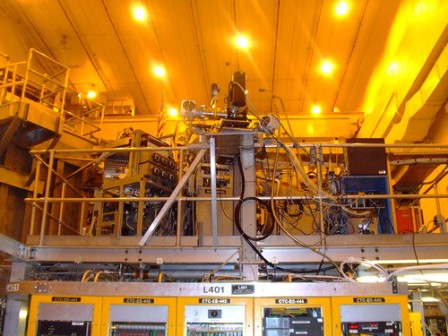
The National Spherical Torus Experiment (NSTX) is one of the devices at the Princeton Plasma Physics Laboratory that helps physicists study fusion energy.
-
-
2
-
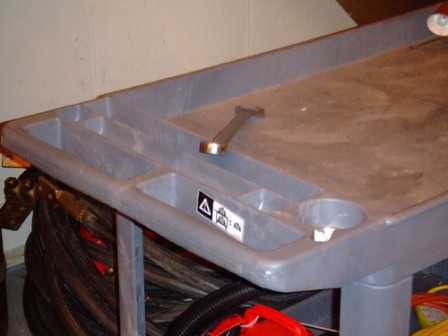
This wrench is sitting near the NSTX device. If it was there while the device was running, it would go flying across the room because of the magnetic fields that are generated to help balls of plasma float in mid-air.
-
-
3
-

Paul Henderson, the head of systems and network engineering at the laboratory, stands in front of the NSTX.
-
-
4
-

The design of this device will help plasma float in the air so that physicists can study the massive fusion energy it contains.
-
-
5
-
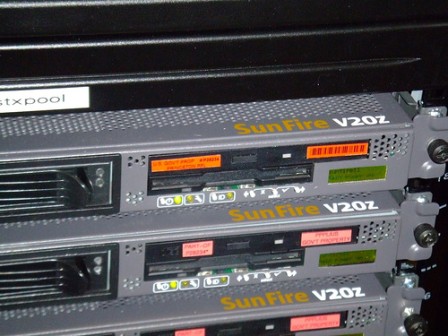
These Sun Fire V20z's help keep the plasma floating within the chamber.
-
-
6
-

This cluster of Sun Fire x2100s crunch algorithms that physicists can then use to study the behavior of fusion energy.
-
-
7
-
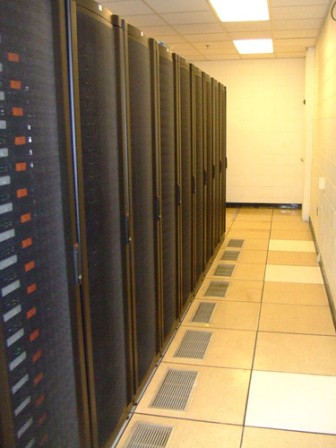
One of the cold aisles in the data center at the lab.
-
-
8
-
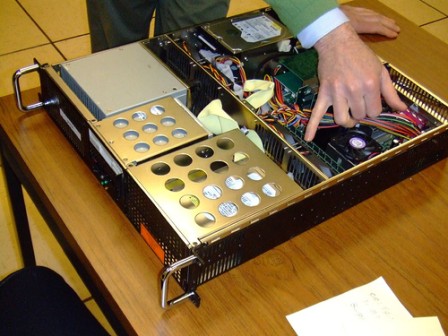
Henderson points to the RAM cards in an old Datel server that block airflow coming from the fans (to the left) to the CPUs (on the right). Henderson said this hindrance caused frequent server shutdowns.
-
-
9
-

A side-by-side look at the older Datel server (left) with the new Sun Fire x2100 (right). Henderson said that changing these servers, along with other data center design improvements, helped cut the failure rate on jobs from 50 percent to less than 1 percent.
-
-
10
-

This giant flywheel generates the power that enables fusion energy devices at the lab to run workloads.
-